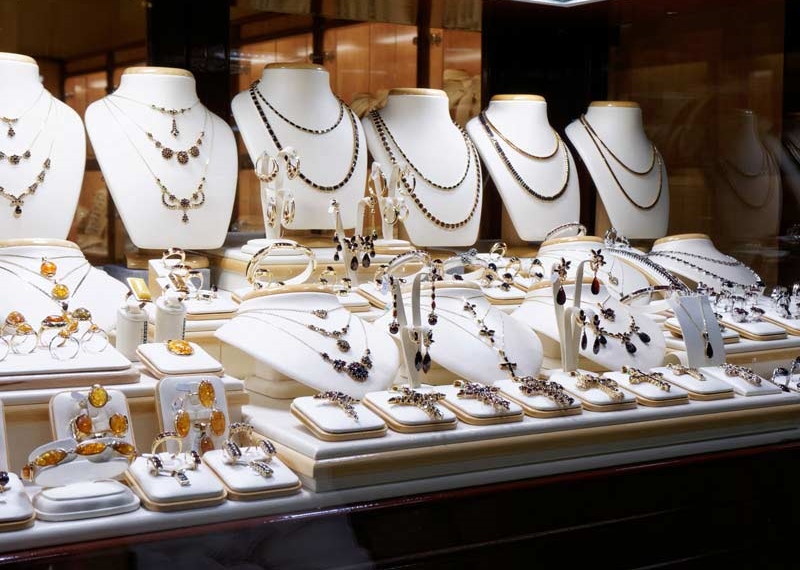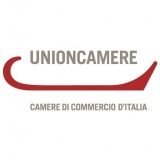
The history of goldsmithery in Valenza began in 1817, when Francesco Caramora, a goldsmith working in Pavia, moved to the city and opened a shop in Contrada Maestra. In the space of a decade, his business flourished and he taught the local craftsmen the techniques and practices of the goldsmith’s craft. Between 1827 and 1860, more shops opened belonging to local goldsmiths, attracting workers from the surrounding area, and the jewellery made in Valenza began to acquire a reputation beyond the city limits.
Today, Valenza is a world-famous hub for goldsmiths that reigns supreme in the manufacture of high-end and mid to high-end jewellery made through a characteristic combination of artisan skills, technological innovation and aesthetic design.
The artists-craftsmen always consider an object’s genesis. Inspiration is followed by sketching on paper, then later elaborated with technical designs and additional notes on the materials to be used, the handling of gold, technical solutions and possible variants.
The art used to produce the jewellery differs depending on the end product, but each item made in Valenza shares the common features of creative commitment and the expert touch of the craftsman who has created it.
The techniques vary according to the jewellery produced, and a unique gold item, for example, may be worked completely by hand. The casting technique most commonly used, however, is lost wax casting, in which a mould is made to transform the design into metal, wax or rubber.
The mould is then used to reproduce the object in its entirety in another type of wax. The object, know as the “alberello” (tree) is then cast to obtain blank casts, which are assembled by hand and finished by the goldsmith.
The next stage is the first polishing and the setting of stones, then the item of jewellery is polished for the last time. The techniques must be agreed on by both the goldsmith and the setter, and setting can be carried out with tips, hammers or microscopes. To conclude, the final polishing is carried out with brushes, wires and an ultrasonic tool to remove the residue of the abrasives used during the process.
Camera di Commercio di Alessandria



